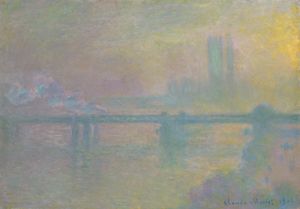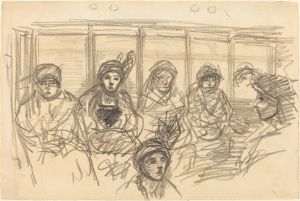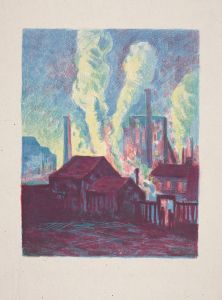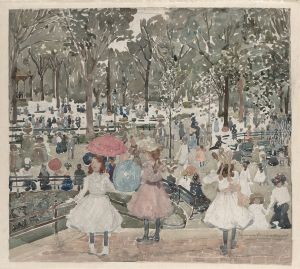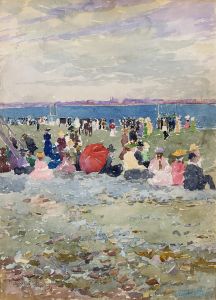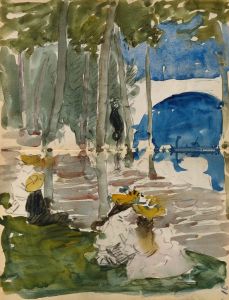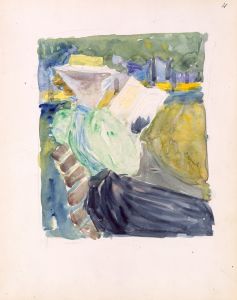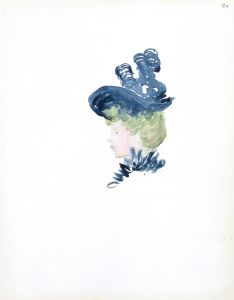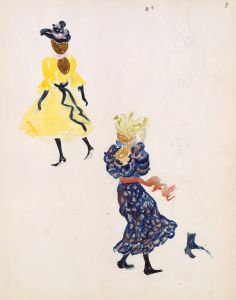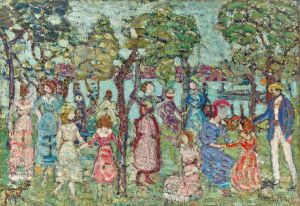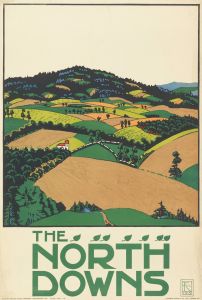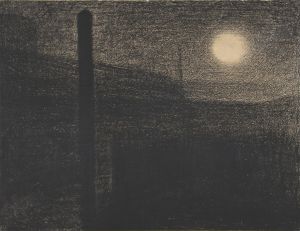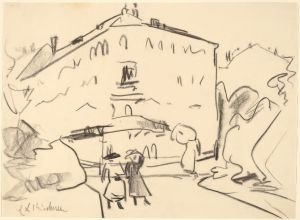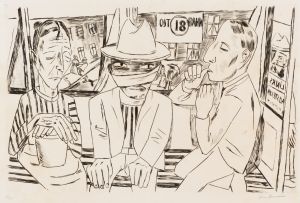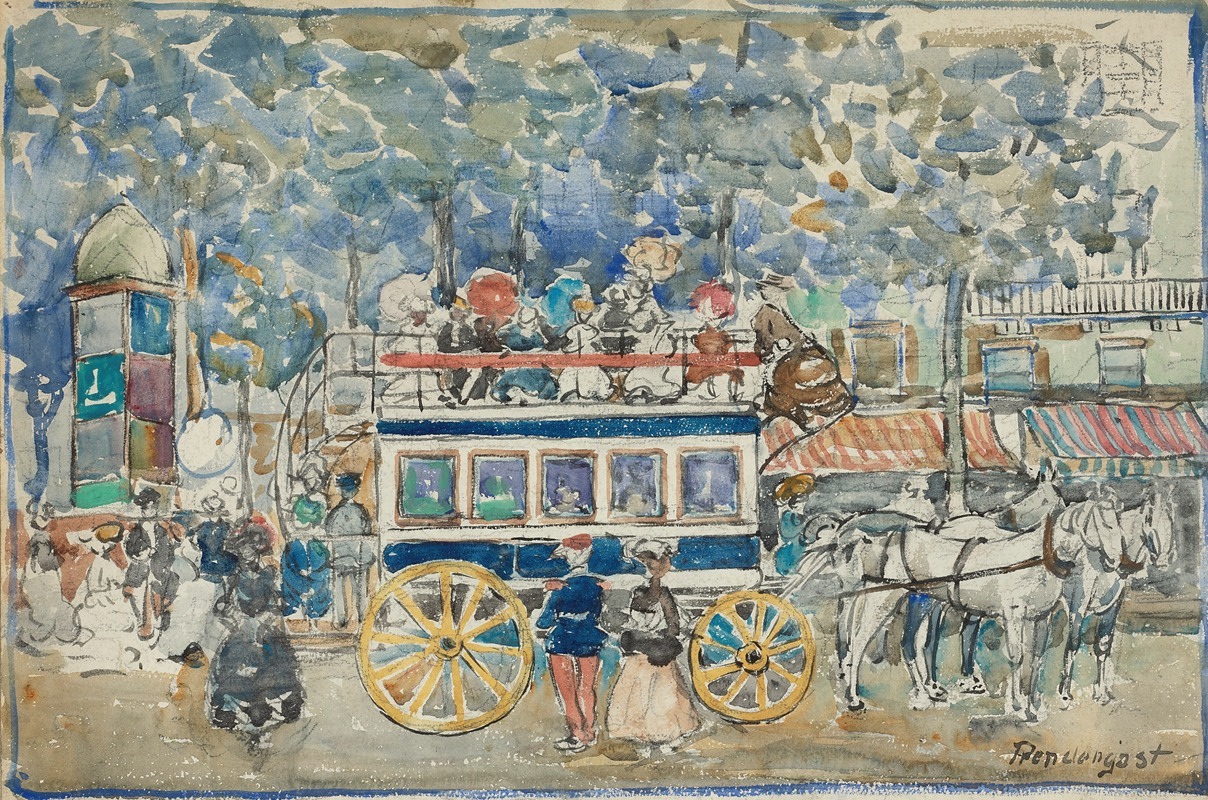
The Paris Omnibus
A hand-painted replica of Maurice Prendergast’s masterpiece The Paris Omnibus, meticulously crafted by professional artists to capture the true essence of the original. Each piece is created with museum-quality canvas and rare mineral pigments, carefully painted by experienced artists with delicate brushstrokes and rich, layered colors to perfectly recreate the texture of the original artwork. Unlike machine-printed reproductions, this hand-painted version brings the painting to life, infused with the artist’s emotions and skill in every stroke. Whether for personal collection or home decoration, it instantly elevates the artistic atmosphere of any space.
Maurice Prendergast's painting "The Paris Omnibus" is an exemplary work that reflects the artist's unique style and his experiences during his time in Paris. Maurice Prendergast (1858–1924) was an American Post-Impressionist artist known for his vibrant use of color and innovative compositions. He was a member of The Eight, a group of American painters who challenged the conservative norms of the art world in the early 20th century.
"The Paris Omnibus" was created during Prendergast's stay in Paris, a period that significantly influenced his artistic development. Prendergast traveled to Paris in the 1890s, where he was exposed to the avant-garde movements of the time, including Impressionism and Post-Impressionism. This exposure had a profound impact on his work, as seen in "The Paris Omnibus."
The painting captures a bustling street scene in Paris, featuring a horse-drawn omnibus, a common mode of public transportation during that era. Prendergast's depiction of the scene is characterized by his distinctive use of color and form. He employs a mosaic-like technique, using small, discrete brushstrokes to build up the composition. This method creates a sense of movement and vibrancy, effectively conveying the dynamic atmosphere of urban life.
Prendergast's palette in "The Paris Omnibus" is rich and varied, with bold colors that bring the scene to life. The use of bright reds, blues, and yellows is typical of his work and demonstrates his departure from the more subdued tones of traditional academic painting. This approach aligns with the Post-Impressionist emphasis on color and its expressive potential.
The composition of "The Paris Omnibus" is carefully structured, with a strong sense of rhythm and balance. Prendergast organizes the figures and elements within the scene in a way that guides the viewer's eye across the canvas. The arrangement of the omnibus, pedestrians, and surrounding architecture creates a harmonious interplay between the various components of the painting.
Prendergast's work is often noted for its decorative quality, and "The Paris Omnibus" is no exception. The painting's surface is richly textured, and the interplay of colors and shapes gives it an almost tapestry-like appearance. This decorative aspect is a hallmark of Prendergast's style and contributes to the painting's overall aesthetic appeal.
"The Paris Omnibus" is a testament to Prendergast's ability to capture the essence of modern urban life through his innovative use of color and form. It reflects his experiences in Paris and his engagement with contemporary artistic movements. Today, Maurice Prendergast is celebrated as a pioneering figure in American art, and "The Paris Omnibus" remains an important example of his contribution to the Post-Impressionist movement.





